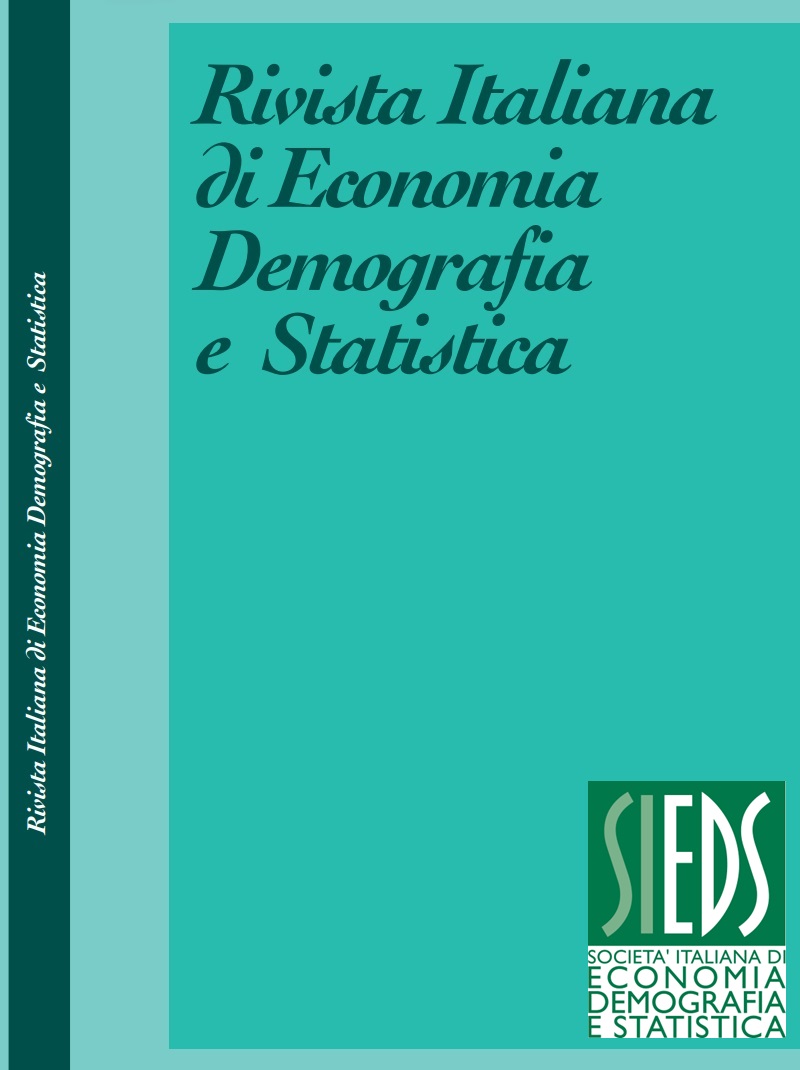Environmental monitoring in Italian cities a multidimensional analysis with composite indices
Abstract
The consequences of climate change, depletion of water resources, urban pollution and other aspects of environmental crisis of environmental crisis negatively interact with human life and activity. In this work, some main statistical methods are compared for the synthesis of indicators representative of environmental phenomena. A multidimensional study through a territorial comparison on the state of environmental health in the urban area. The proposed approach normalizes the indicators by a specific criterion that deletes the unit of measurement and the variability effect (Method of the average of values standardized MZ, Method of mean of relative indices MR and Corrected MPI index method). The obtained index is easily computable and interpretable or comparable. As an example of application, we consider a set of indicators on urban environmental quality such as water, air, energy, noise, waste, mobility, urban green in the 110 provincial capitals (Istat, 2020). The results show that the negative impact on the environment is in all Italian regions but is stronger in southern Italy. In addition, the result of the analysis is almost uniform for the methods used, returning the decreasing territorial subdivision of North, Central and Southern Italy. The analysis of the environment in the urban context therefore provides useful tools for measuring the phenomenon and development policies and environmental sustainability. The paper is structured as follows: description and application of the main synthesis methods used; comparison of the results obtained through cograduation matrices of the rankings, correlation matrices and dispersion matrices of the data with the different methods; conclusions.
Downloads
Published
Issue
Section
License
Copyright (c) 2022 Giuseppe Lecardane

This work is licensed under a Creative Commons Attribution 4.0 International License.



